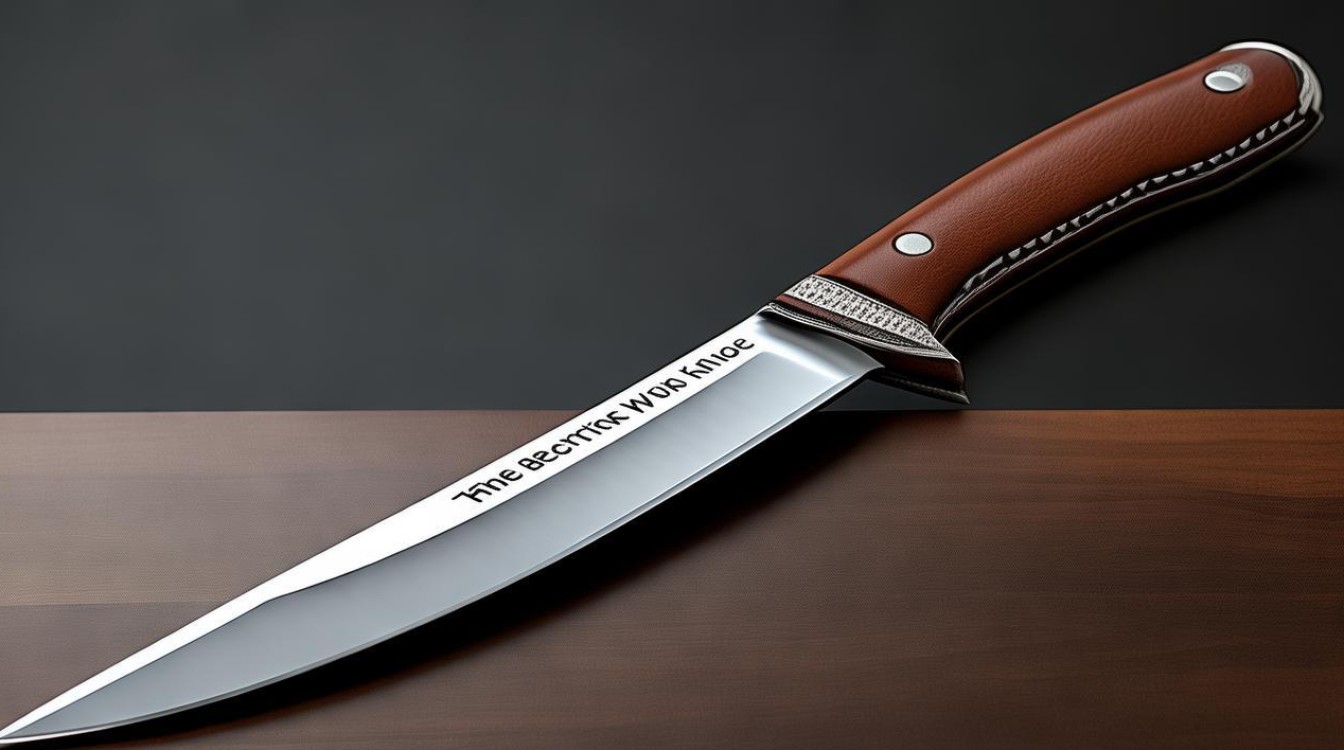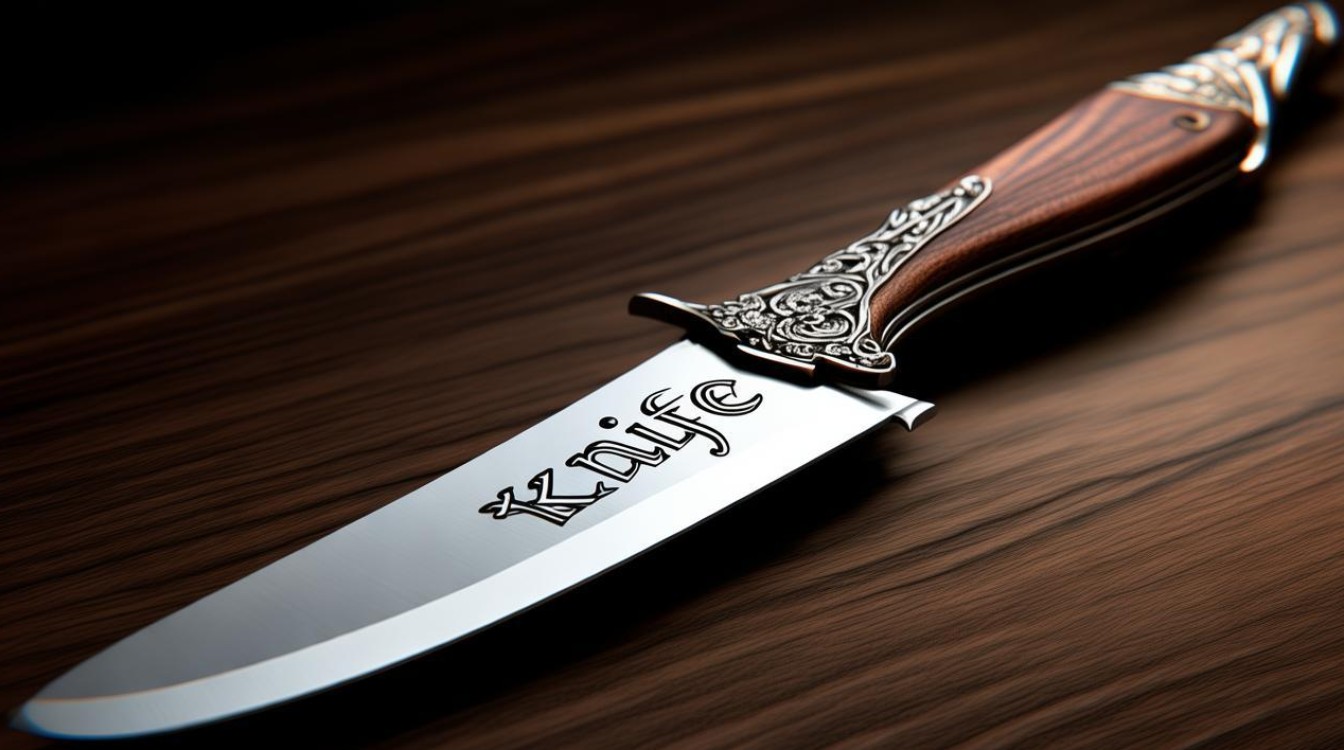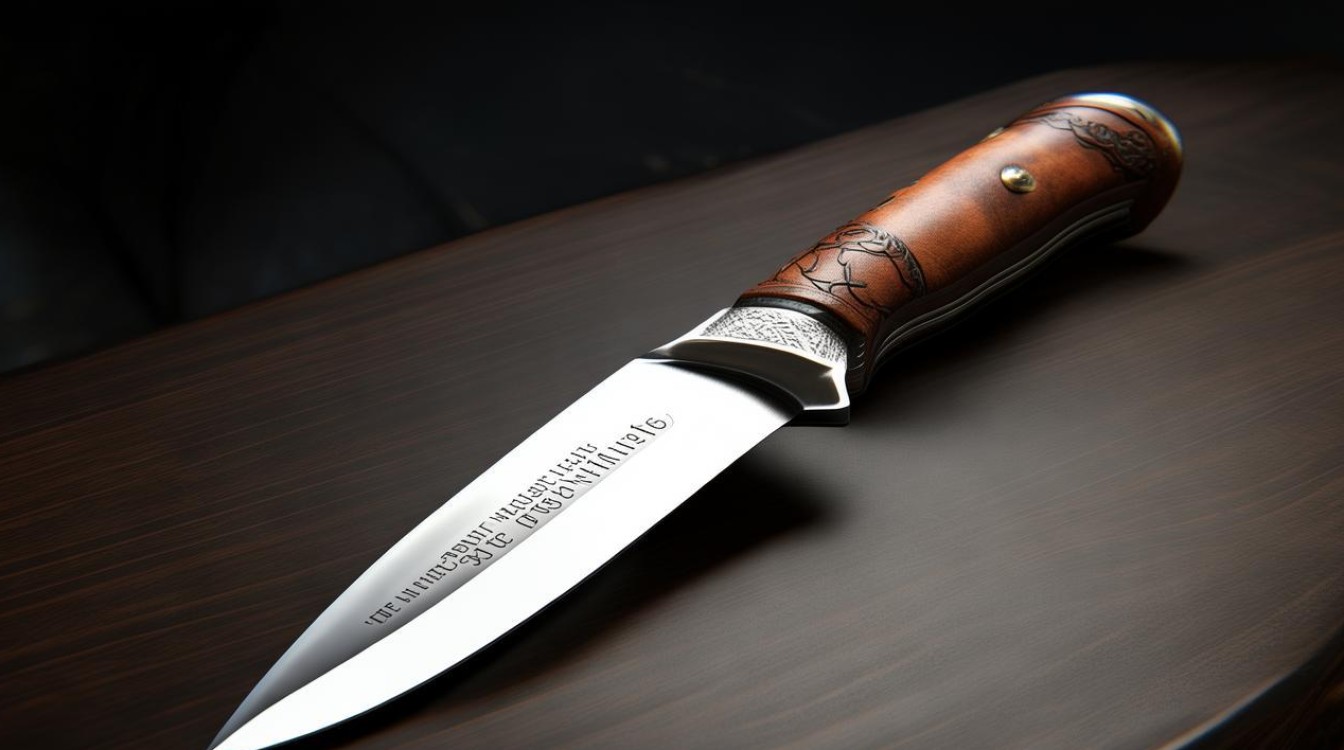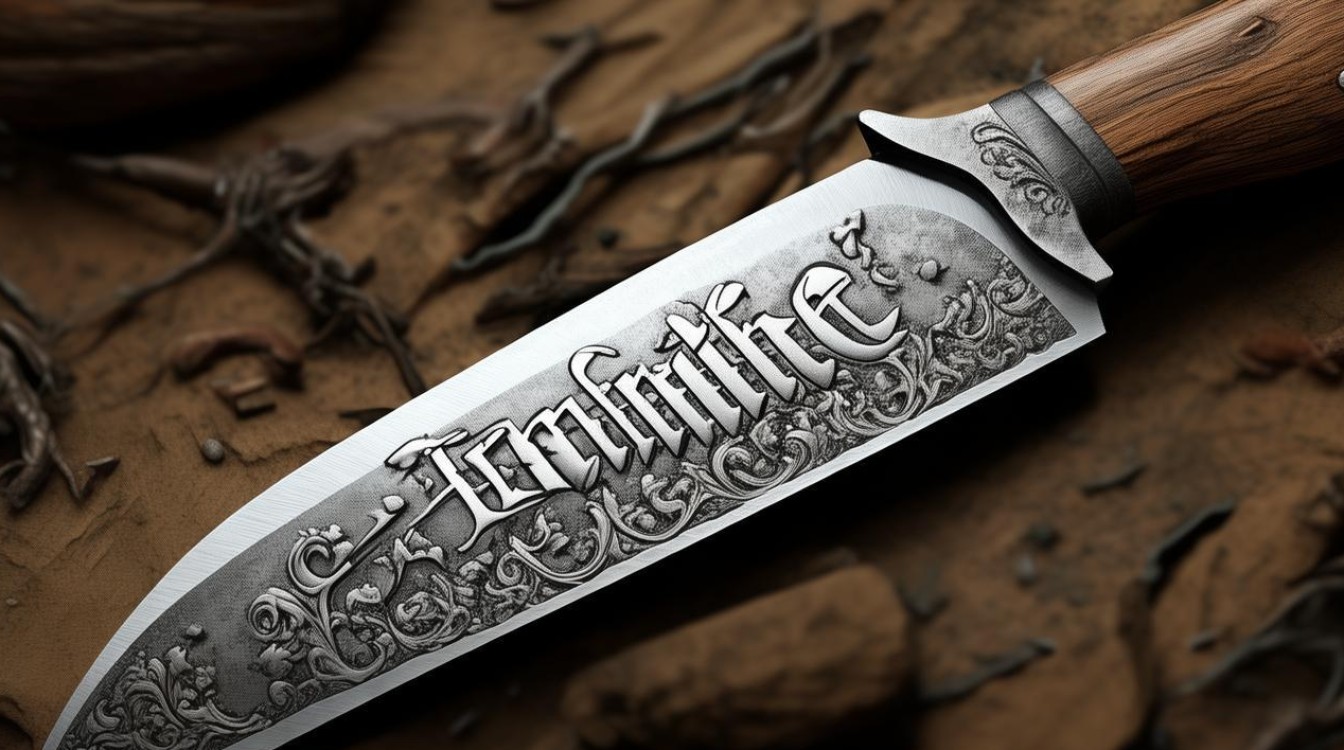The word "knife" in English is simply "knife," but this straightforward translation barely scratches the surface of its linguistic richness, historical evolution, and cultural significance. Whether you're a language enthusiast, a culinary professional, or someone curious about everyday objects, understanding the term "knife" in English offers insights into how language shapes our perception of tools, art, and even danger.

The Etymology of "Knife"
The English word "knife" traces its origins to the Old Norse word "knifr," which referred to a blade or cutting tool. This term entered Middle English as "knif" around the 1100s, eventually evolving into the modern spelling we use today. Unlike many English words derived from Latin or French, "knife" has Germanic roots, reflecting the influence of Viking settlers on the English language.
Interestingly, the plural form of "knife" is "knives," following a pattern seen in other Old English words ending in "-f" or "-fe," such as "life" (lives) and "leaf" (leaves). This irregular pluralization is a remnant of older grammatical rules that have mostly faded from modern English.
Types of Knives and Their English Names
Knives come in countless variations, each with a distinct name in English. Here are some of the most common types:
- Chef’s Knife – A versatile kitchen tool used for chopping, slicing, and dicing.
- Paring Knife – A small blade ideal for peeling and intricate cutting tasks.
- Bread Knife – A serrated blade designed to slice through crusty bread without crushing it.
- Pocket Knife – A foldable blade often carried for everyday utility.
- Hunting Knife – A sturdy blade used for field dressing game.
- Butter Knife – A dull-edged utensil for spreading butter or soft foods.
Each of these terms reflects the knife's function, demonstrating how English categorizes tools based on their use rather than their form alone.
The Cultural Significance of Knives
Beyond their practical applications, knives hold deep symbolic meaning across cultures. In English-speaking societies, phrases like "double-edged knife" or "stab in the back" (though we avoid using "back" in this context) illustrate how knives metaphorically represent betrayal or difficult choices.

In literature and film, knives often symbolize danger, precision, or survival. Characters like Rambo’s survival knife or the iconic switchblade in West Side Story embed these tools in cultural narratives. Even idioms such as "cutting remarks" or "sharp tongue" link linguistic expression to the imagery of blades.
Knives in Culinary Traditions
English-speaking culinary traditions emphasize the importance of knives in food preparation. Professional chefs train extensively in knife skills, mastering techniques like julienne, chiffonade, and brunoise. The phrase "a dull knife is more dangerous than a sharp one" underscores the value of maintenance and skill in handling blades.
In British and American kitchens, knife sets often include specialized blades for meat, fish, and vegetables. The terminology—such as "boning knife" or "fillet knife"—reveals how English adapts to precise culinary needs.
The Evolution of Knife Terminology
Language constantly evolves, and so does knife-related vocabulary. Modern English incorporates loanwords like "machete" (from Spanish) or "kiridashi" (from Japanese), reflecting global influences. Slang terms also emerge—"shiv" for a makeshift prison knife or "blade" as a general term for any sharp weapon.
Technological advancements introduce new terms, such as "ceramic knife" or "tactical knife," showing how innovation shapes language. Even in digital spaces, terms like "knife emoji" (🔪) demonstrate how ancient tools remain relevant in contemporary communication.

Common Mistakes and Confusions
Non-native English speakers sometimes struggle with knife-related terms. For example:
- "Knife" vs. "Dagger" – While both refer to bladed weapons, a dagger is typically double-edged and designed for combat, whereas a knife is more general.
- "Blade" vs. "Knife" – "Blade" refers to the sharp part, while "knife" includes the handle and overall tool.
- "Cutlery" vs. "Knives" – "Cutlery" encompasses all eating utensils, including forks and spoons, not just knives.
Understanding these distinctions helps avoid miscommunication in both casual and professional settings.
The Role of Knives in Idioms and Expressions
English is rich with knife-related idioms, many of which have no direct equivalent in other languages. Some examples include:
- "On a knife’s edge" – In a precarious or highly tense situation.
- "Like a hot knife through butter" – Something that moves or works with effortless ease.
- "The knife cuts both ways" – Actions can have both positive and negative consequences.
These phrases highlight how deeply embedded knives are in English thought patterns, serving as metaphors for risk, efficiency, and duality.
Knives in Law and Regulation
Legal terminology around knives varies across English-speaking countries. In the UK, terms like "illegal flick knife" or "permitted locking mechanism" appear in legislation, while U.S. laws may reference "concealed carry" or "switchblade bans." Understanding these terms is crucial for compliance, especially for travelers or collectors.

The Future of Knife Terminology
As materials science advances, new terms like "nanocarbon blade" or "smart knife" (with embedded sensors) may enter mainstream English. Similarly, sustainability trends could popularize phrases like "zero-waste knife maintenance" or "eco-friendly sharpening."
Language adapts to societal shifts, and knife terminology will continue evolving alongside technology, culture, and law.
The word "knife" in English is far more than a simple translation—it’s a gateway to history, culture, and human ingenuity. From Viking origins to modern kitchens, from metaphorical expressions to legal jargon, this humble tool’s name carries centuries of meaning. Whether you're a linguist, chef, or curious learner, appreciating the depth of "knife" enriches your understanding of both language and the world around you.



